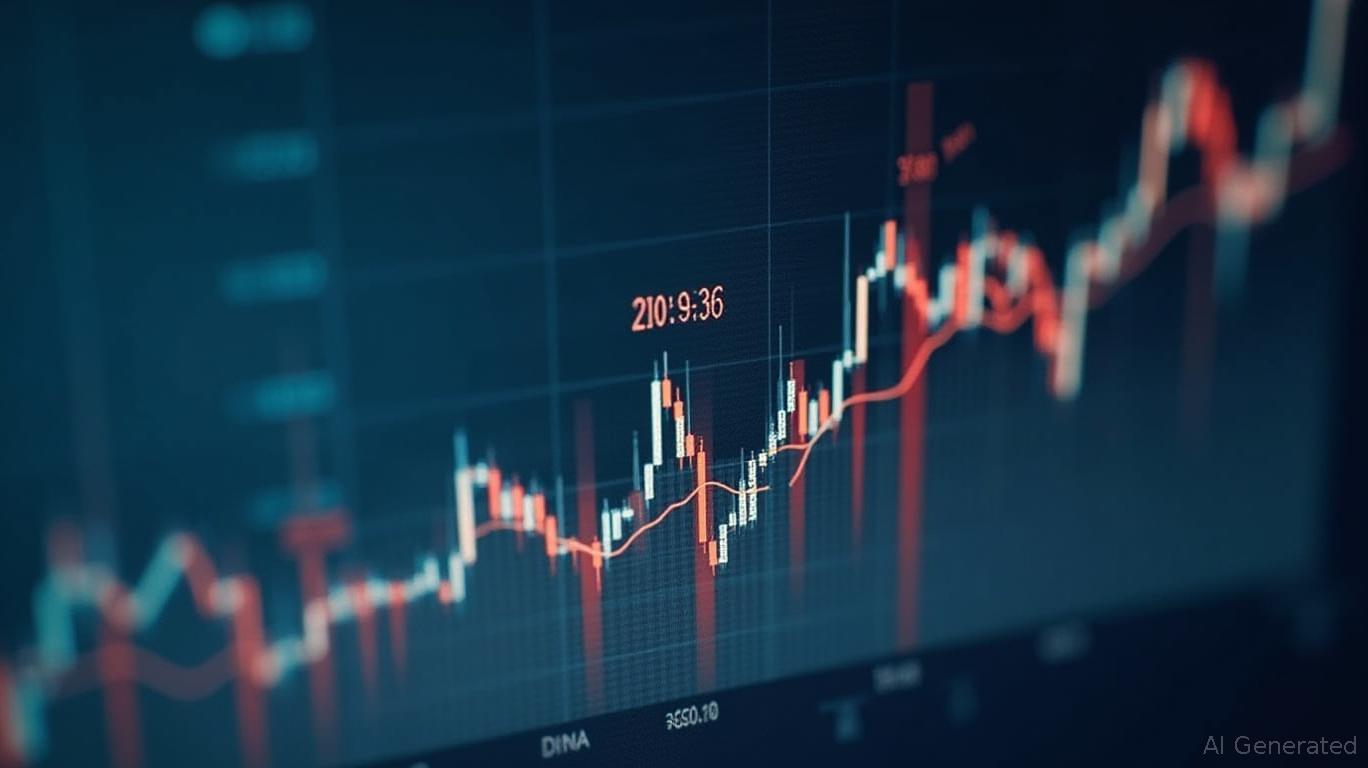10-Year Treasury Auction Results Reinforce Resilience in Bond Demand Amid Policy Uncertainty
The May 2025 auction of $42 billion in U.S. 10-year Treasury notes delivered a reassuring performance, easing concerns about waning investor appetite for government debt despite ongoing geopolitical and macroeconomic headwinds. With yields dipping below expectations, demand metrics hovering above historical averages, and reduced dealer participation, the results underscored the enduring appeal of Treasuries as a safe-haven asset—even as trade tensions and fiscal policies create uncertainty.
Key Metrics: A Balanced Picture of Demand
The auction’s bid-to-cover ratio of 2.60—though slightly below April’s 2.67—remained solidly above the historical average of 2.56. This metric, which measures total bids relative to the auction size, signaled that investors were eager to participate. More telling was the dealer acceptance rate, which fell to 8.9%, down sharply from April’s 10.7% and far below the 13.4% historical average. A lower dealer share is a positive sign, as it indicates broader participation from institutional and foreign investors rather than primary dealers being left holding excess inventory.
Foreign and indirect investors—often seen as a proxy for global institutional demand—took 71.2% of the offering, a figure that, while down from April’s exceptional 87.9%, still exceeded the long-term average of 70.6%. This suggests that while trade policy concerns (notably U.S. tariffs) may have dampened some enthusiasm, international buyers remain committed to U.S. debt. Direct bidders (domestic institutional investors) claimed 19.88%, rounding out a diverse demand profile.
Yield Dynamics: A Bullish Signal
The auction’s pricing at 4.342%—1.2 basis points below the expected "when-issue" yield of 4.354%—was a clear win for Treasury bulls. Post-auction trading saw the 10-year yield drop further to 4.310%, a 3.3-basis-point decline. This inverse relationship between strong demand and falling yields reinforces the idea that investors are willing to accept lower returns in a risk-averse environment.
Contextual Factors: Fed Policy and Trade Deficits
The Federal Reserve’s decision to hold rates steady during its May meeting—amid speculation of future cuts—likely bolstered investor confidence. Analysts at TD Securities noted that bond markets are pricing in an 80% chance of a rate cut by July 2025, with expectations of an 80-basis-point easing by year-end. This dovish outlook reduces the opportunity cost of holding long-dated Treasuries, even as inflation remains elevated.
Meanwhile, the record U.S. trade deficit of $140.5 billion in March 2025—driven by pre-tariff import surges—had little impact on Treasury yields. This disconnect highlights Treasuries’ unique role as a haven asset, insulated from short-term trade data volatility.
The Elephant in the Room: Foreign Demand Softness
While indirect bids remained above average, their decline from April’s 87.9% to 71.2% raised questions about foreign appetite. Analysts at BMO Capital Markets pointed to lingering trade policy risks, particularly under the Trump administration’s tariff regime, which has historically pressured foreign holdings of U.S. debt. However, the fact that May’s indirect participation still beat the long-term average suggests that global investors have not yet turned decisively bearish.
Implications for Investors
The auction results provide a critical data point for fixed-income strategies. Key takeaways include:
1. Treasuries remain a liquidity anchor: Even with geopolitical risks, demand for U.S. government debt remains robust.
2. Duration risk is manageable: The narrowing yield spread between short- and long-dated maturities (e.g., the 2-year yield fell to 3.793%, versus the 10-year’s 4.31%) suggests traders are less worried about near-term inflation spikes.
3. Trade policy’s limited market impact: While tariffs may dampen foreign demand, Treasuries’ safe-haven status outweighs short-term trade disputes.
Conclusion: A Vote of Confidence in Turbulent Times
The May 2025 10-year Treasury auction delivered a mixed but ultimately positive signal for bond markets. Despite a dip in indirect bids and modestly softer demand compared to April’s record levels, the auction’s sub-expected yield, strong bid-to-cover ratio, and minimal dealer participation all point to a resilient investor base.
With yields falling post-auction and the Fed signaling potential rate cuts, the data reinforces that Treasuries are far from a dying asset class. While geopolitical risks and fiscal policies will continue to test demand, the market’s immediate response—a 3.3-basis-point drop in the 10-year yield—suggests investors are betting on Treasuries’ enduring role as a global liquidity pillar. For now, the bond market’s fears are eased, but the real test will come with upcoming 30-year Treasury auctions and the Federal Reserve’s evolving stance on inflation.
In this era of uncertainty, the Treasury market’s resilience is a testament to its unparalleled depth and investor trust—a dynamic that will shape fixed-income strategies for years to come.

















